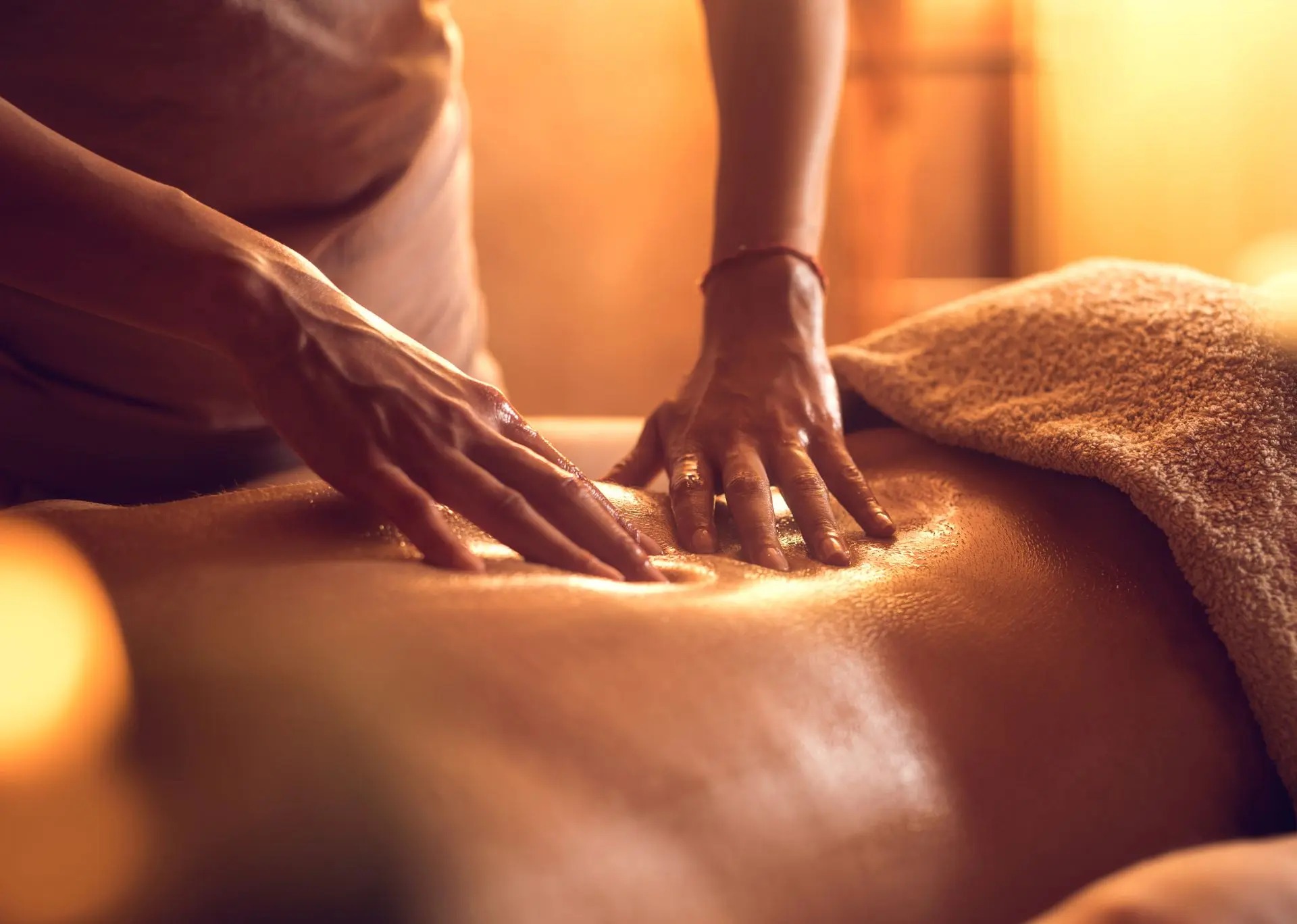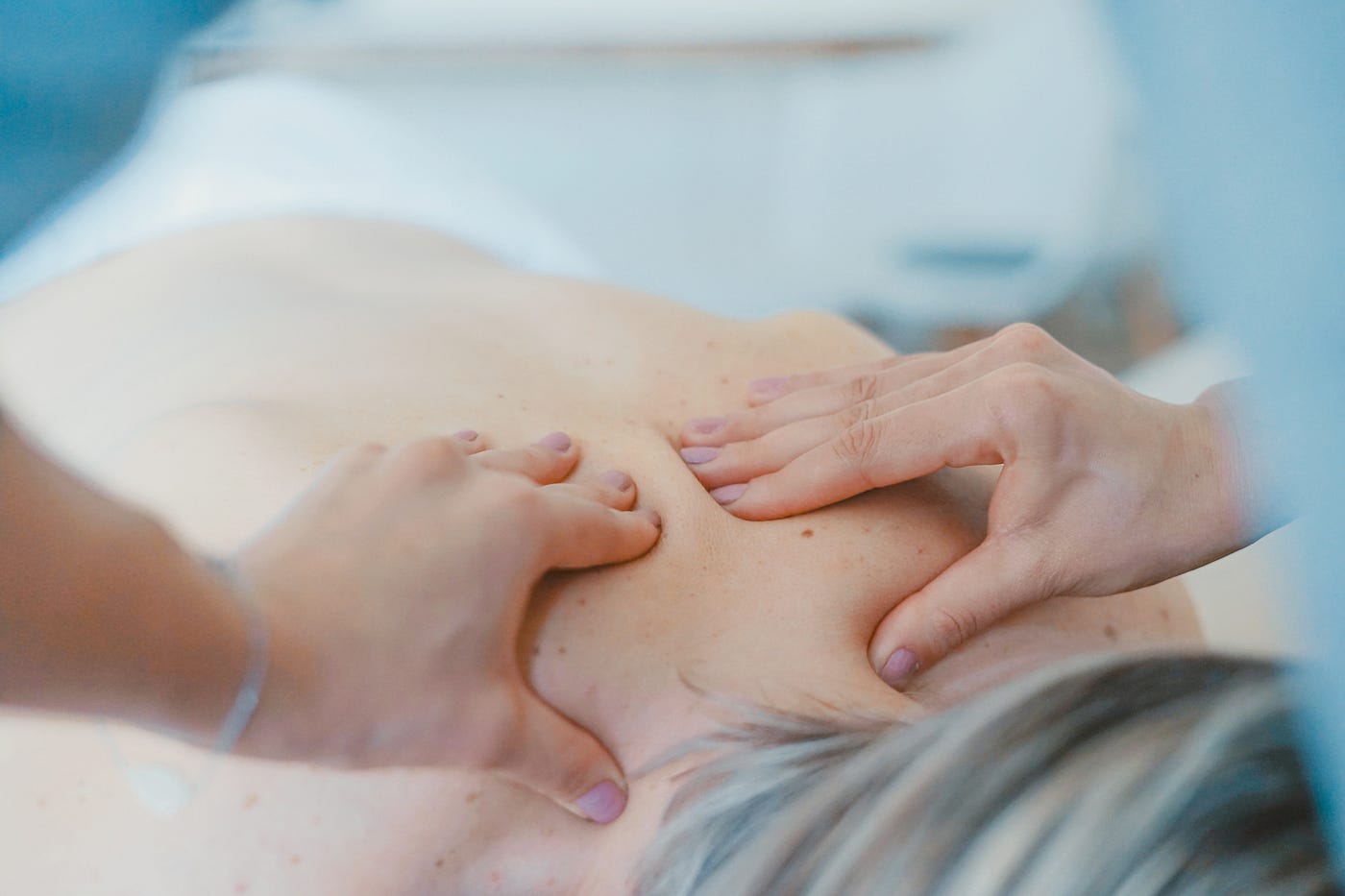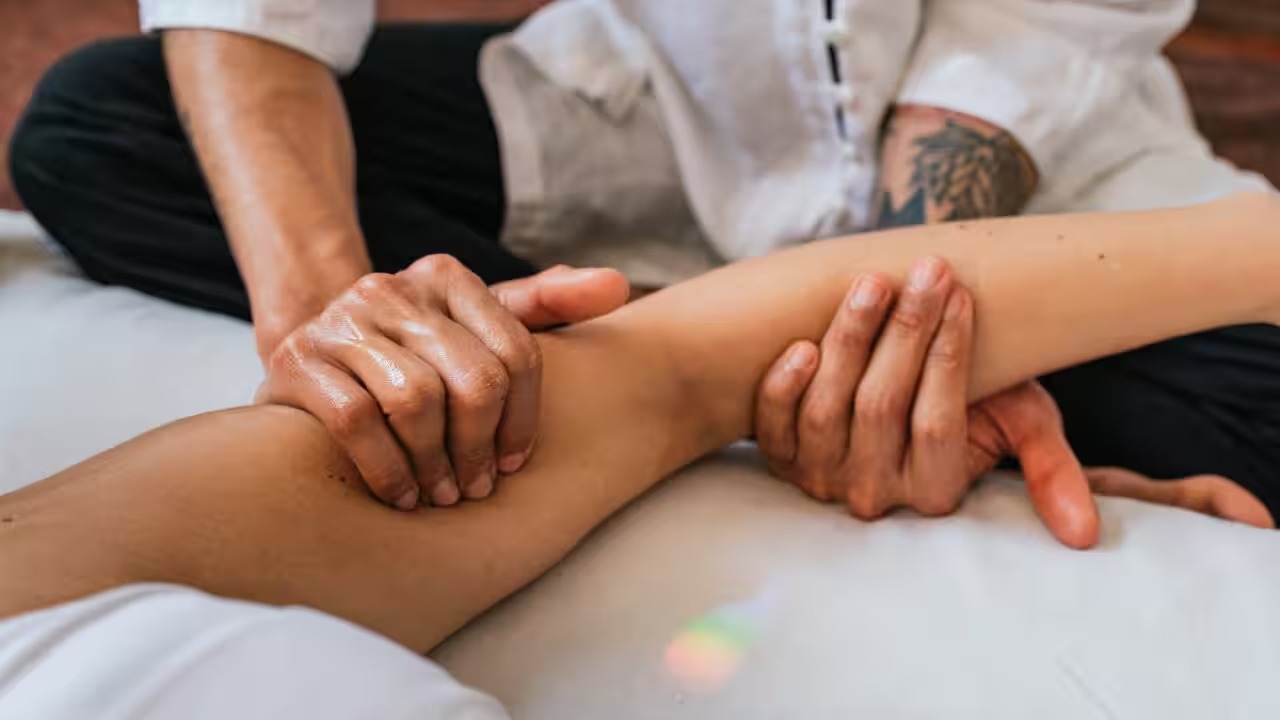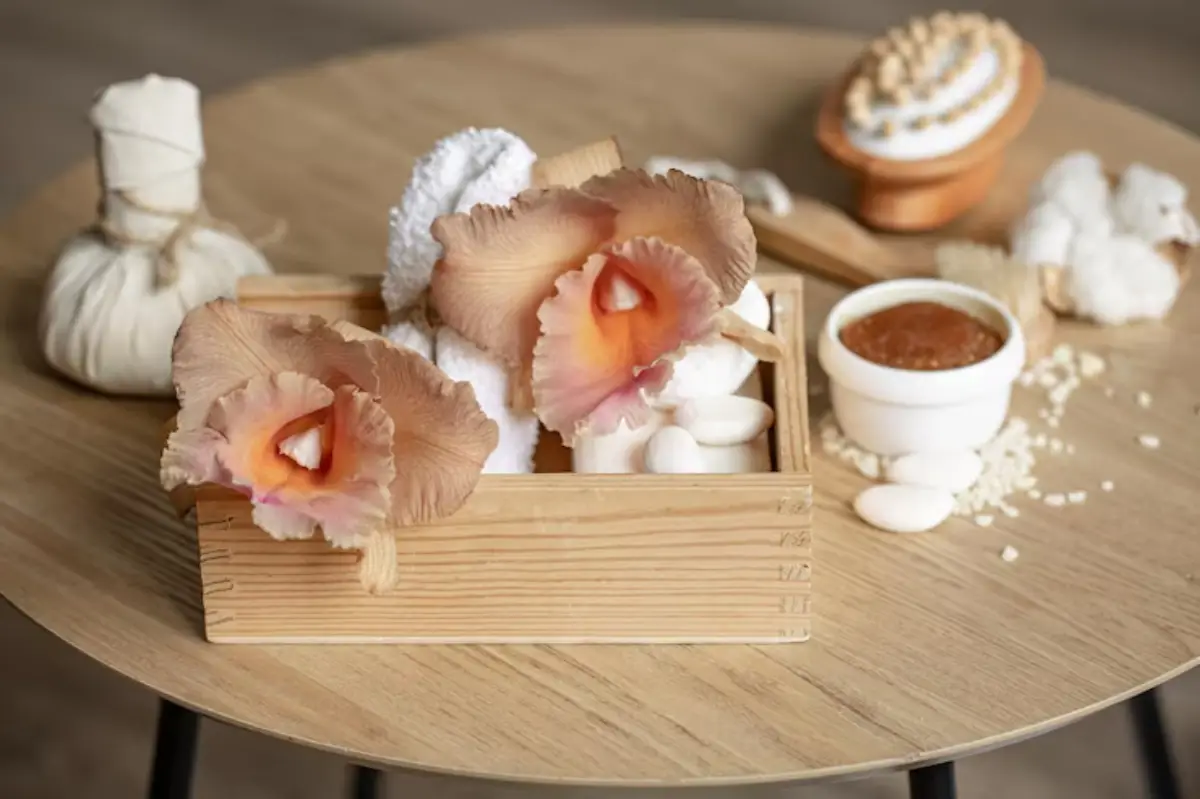
The Art of Hilot: Filipino Traditional Healing
In today’s fast-paced, tech-saturated world, more people are turning to ancestral practices for deeper healing. And in the heart of the Philippines, a centuries-old tradition known as Hilot therapy is quietly making a modern resurgence.
More than just a massage, Hilot is an indigenous medicine system steeped in holistic principles. It’s a body-mind-spirit approach rooted in Filipino culture, blending physical manipulation, spiritual alignment, and herbal wisdom. Yet despite its rich legacy, many outside the Philippines remain unaware of its power.
This blog dives deep into the traditional Filipino healing art of Hilot. You’ll explore its history, principles, techniques, and modern applications. Whether you’re a wellness enthusiast, a curious traveller, or someone seeking authentic healing, you’ll leave with a renewed appreciation for this sacred craft.
What is Hilot? A Cultural and Holistic Practice

More Than Just Massage
Hilot is often described as a form of therapeutic massage, but that’s only part of the story. It’s a comprehensive healing modality involving:
- Touch therapy (manual manipulation and pressure)
- Energy balancing
- Herbal applications
- Spiritual rituals and intuitive diagnosis
Traditionally practised by a Manghihilot (healer), this indigenous medicine serves as both preventive and curative care.
Rooted in Filipino Ancestral Knowledge
Long before modern hospitals, Filipinos relied on community healers who used Hilot to treat everything from physical ailments to spiritual disturbances. These practices were passed down orally through generations, adapting to regional customs and local flora.
While Hilot has deep spiritual roots, it also has a pragmatic, observational science behind it, built on patterns, pulse readings, and body assessments that echo traditional Chinese and Ayurvedic systems.
Key Philosophies Behind Hilot Therapy
Harmony Between Elements
Hilot follows a belief in natural balance, similar to the concept of yin and yang. The body is seen as composed of elements (init – heat, lamig – cold, hangin – wind, tubig – water), and illness arises when these are out of sync.
A Manghihilot assesses imbalances and works to restore harmony, often using their hands as diagnostic tools — a kind of energetic palpation.
Touch as Medicine
One of Hilot’s most revered aspects is the use of intuitive touch. Healers are trained to detect abnormalities in tissues, muscle tension, energy flow, and even spiritual congestion.
This non-verbal, deeply human connection makes Hilot not just therapeutic, but profoundly personal.
Hilot Techniques: How It Works in Practice
The Healing Session
A typical Hilot session includes:
- Initial Interview: Understanding the client’s lifestyle, symptoms, and emotional state
- Body Scan: The practitioner uses hands to feel temperature changes, knots, and energy disruptions
- Manual Manipulation: Stretching, kneading, and pressure points — tailored to the issue
- Herbal Therapy: Application of warm oils, leaves, or poultices
- Spiritual Clearing (Optional): Prayers, ritual smoke, or anting-anting (amulets)
Tools of the Trade
- Lana (healing oils): Infused with coconut and medicinal herbs
- Banana leaves: Used to detect imbalances in energy or draw out illness
- Hot compress: Enhances circulation and soothes muscles
- Traditional prayers or chants (dasal): Reconnect the client with their spiritual centre
These methods are adapted based on the individual’s constitution, the nature of the imbalance, and even the lunar cycle.
Conditions Treated by Hilot Therapy
Hilot is known for addressing both physical and energetic ailments, including:
- Muscular pain and body stiffness
- Menstrual cramps and hormonal imbalances
- Digestive issues
- Stress, anxiety, and spiritual disturbances
- Postpartum care and fertility support
- Sprains, dislocations, and minor fractures
It’s also widely used as a preventive health measure, maintaining energy flow and immunity.
“My grandmother never saw a doctor unless it was an emergency. She swore by Hilot every time we had a fever, sore muscles, or heartbreak.” – Luisa, 37, Manila
Scientific Interest and Validation

Bridging Tradition and Modernity
While Hilot remains largely anecdotal in its healing efficacy, recent years have seen:
- Inclusion in integrative wellness programs in the Philippines
- Government recognition via the Philippine Institute of Traditional and Alternative Health Care (PITAHC)
- Pilot studies on its effects on stress reduction and pain management
It shares therapeutic similarities with osteopathy, myofascial release, and reflexology, offering fertile ground for future research.
Limitations and Misconceptions
Hilot is not a miracle cure. It’s essential to:
- Avoid replacing medical care for serious illnesses
- Verify a practitioner’s training
- Understand that it complements but doesn’t replace Western diagnostics
When practised ethically, Hilot becomes a bridge between ancient intuition and modern wellness.
Hilot in Contemporary Filipino Life
Urban Revival
In cities like Manila and Cebu, Hilot has moved from rural huts to boutique wellness spas. Modern therapists blend traditional touch with aromatherapy, energy work, and clinical protocols.
Cultural Resilience
Despite colonial and modernist pressures, Hilot has survived, thanks to cultural pride and community resilience. Families continue to pass on techniques, especially in rural areas.
“I learned Hilot from my lola. Now I use it for my kids when they’re sick or anxious. It’s a part of our soul.” — Rina, 29, Davao
Hilot for Expats and Tourists
Travellers seeking authenticity often seek out Hilot for relief from jet lag, stress, or curiosity. Wellness retreats now offer it alongside yoga, Reiki, and chakra balancing.
Explore the synergy in Chakra Balancing Techniques for Emotional Well-being
Can You Learn Hilot? A Healer in Every Home
Basic Training
While true mastery takes years, everyday Filipinos learn basic Hilot techniques:
- Hand massage for fever or stress
- Using banana leaves to detect lamig (cold patches)
- Simple herbal compress for cramps or swelling
Online workshops and local apprenticeships are also emerging.
Spiritual Integrity
Becoming a Manghihilot isn’t just about technique — it requires:
- Empathy and intuition
- Ethical responsibility
- Connection to Filipino ancestral roots
If you’re exploring healing, consider integrating Hilot into your wellness toolkit with respect and reverence.
Complementary Practices with Hilot
Pairing with Modern Modalities
- Chiropractic: For structural alignment
- Reiki: For energy balancing
- Aromatherapy: To enhance relaxation
Nutrition and Herbs
Hilot often includes dietary advice using:
- Ginger, turmeric, and malunggay for inflammation
- Coconut oil for detox
- Herbal teas for cleansing and calming
Eating with awareness supports the holistic healing Hilot provides.
Preparing for a Hilot Session
Before You Go
- Hydrate well
- Avoid heavy meals beforehand
- Set an intention for healing
During the Session
- Wear comfortable clothing
- Communicate clearly about your needs
- Relax and trust the process
Aftercare Tips
- Rest and avoid strenuous activity for 12–24 hours
- Drink warm fluids
- Journal any emotional insights or bodily sensations
The more you engage with the process, the more profound your healing.
Conclusion: A Living Legacy of Healing

Hilot is not just a therapy — it’s a cultural ritual, a healer’s touch, and a sacred trust. It offers a unique blend of physical, emotional, and spiritual restoration rooted in the wisdom of Filipino ancestors.
As global interest in indigenous medicine grows, Hilot invites us to pause, listen to the body, and reconnect with the intuitive healer within.
Ready to experience Hilot? Seek out a trained Manghihilot or start small by applying warm coconut oil to sore muscles with focused intention. Better yet, blend it with emotional practices like journaling or chakra meditation for a fully integrative experience.
You can deepen the healing journey by journaling your emotions after a session. Learn how in How to Use Journaling for Emotional Healing .
Have you experienced Hilot? Share your story in the comments — let’s preserve this beautiful tradition together.


